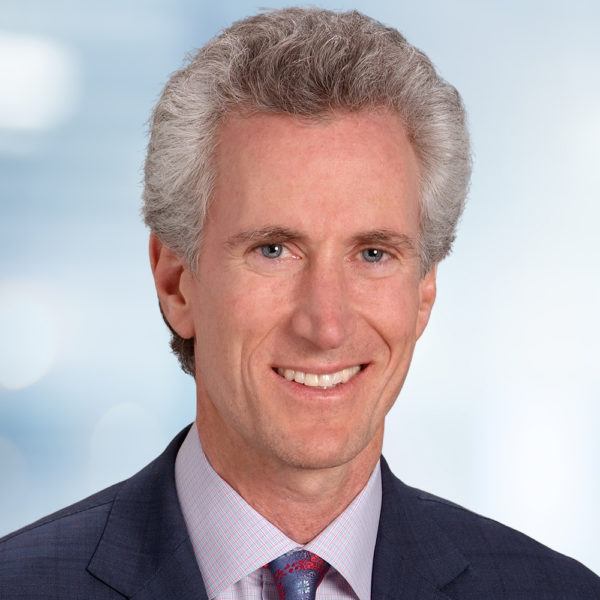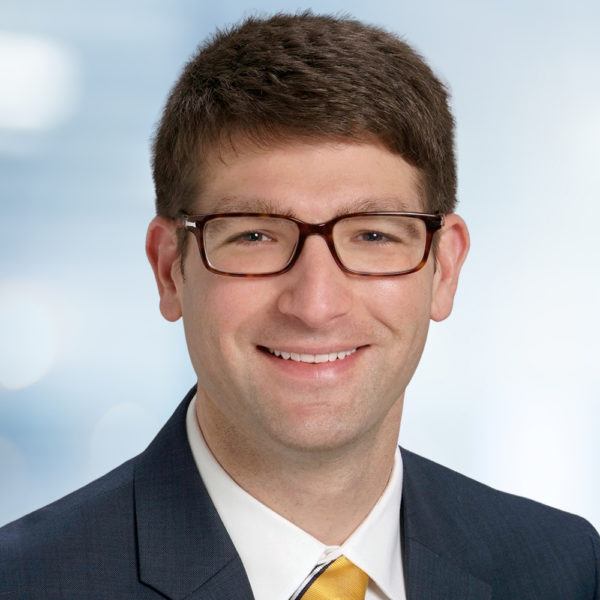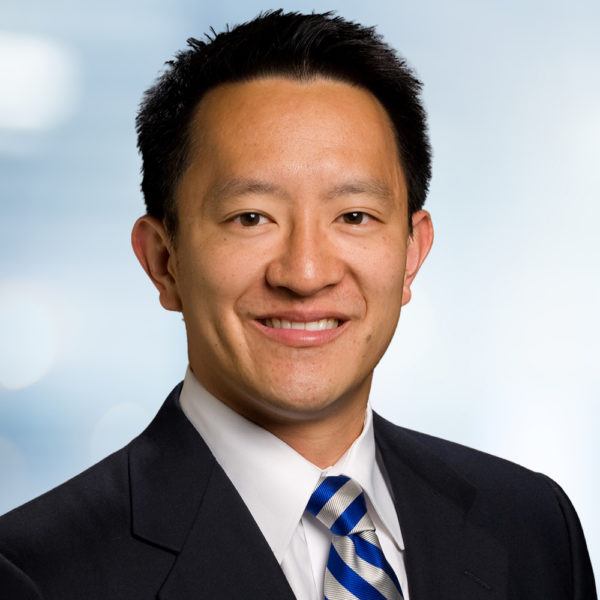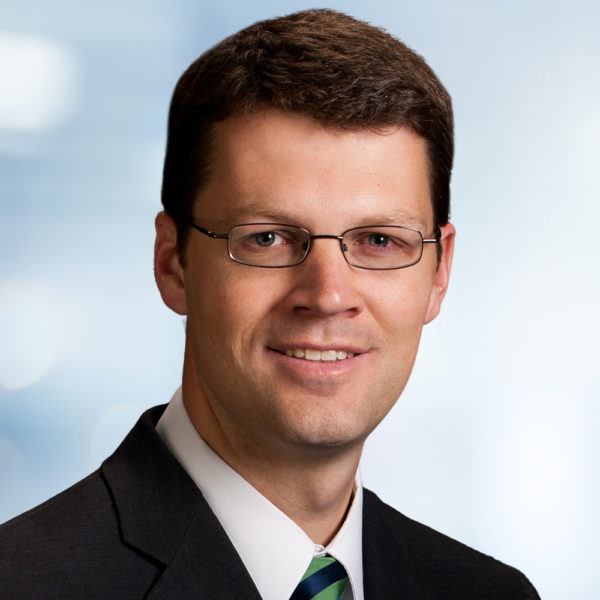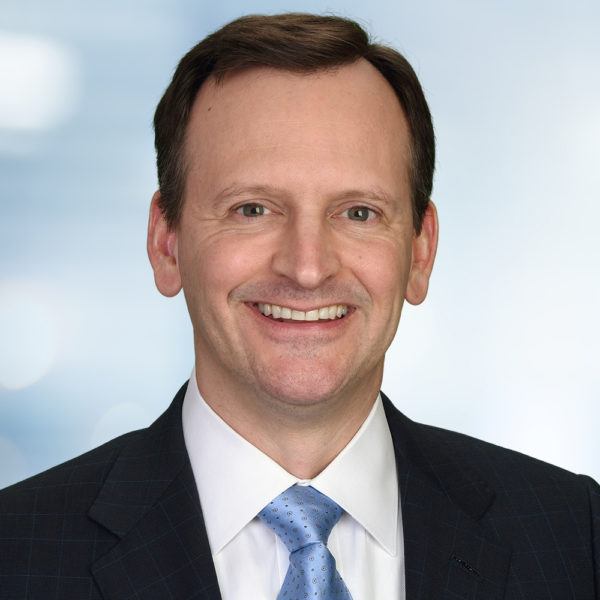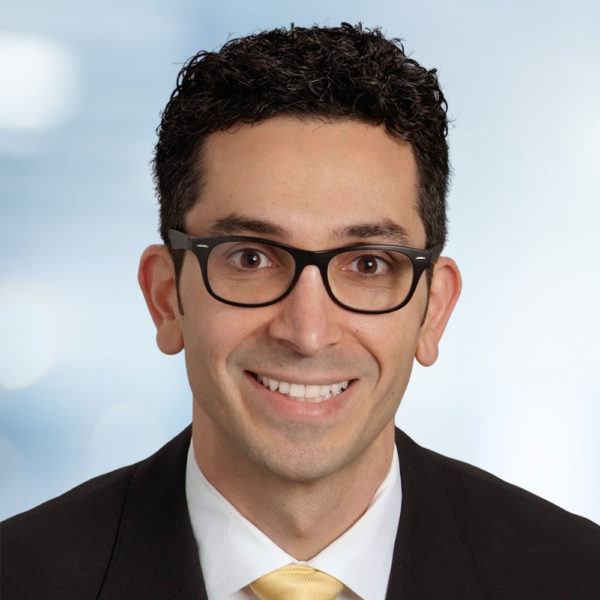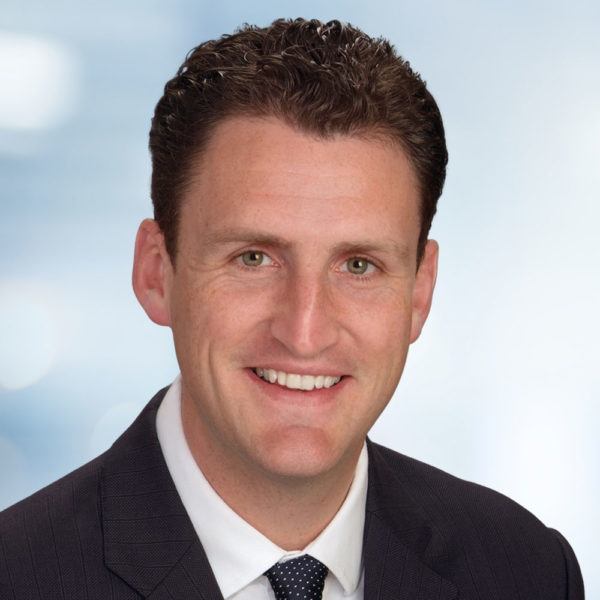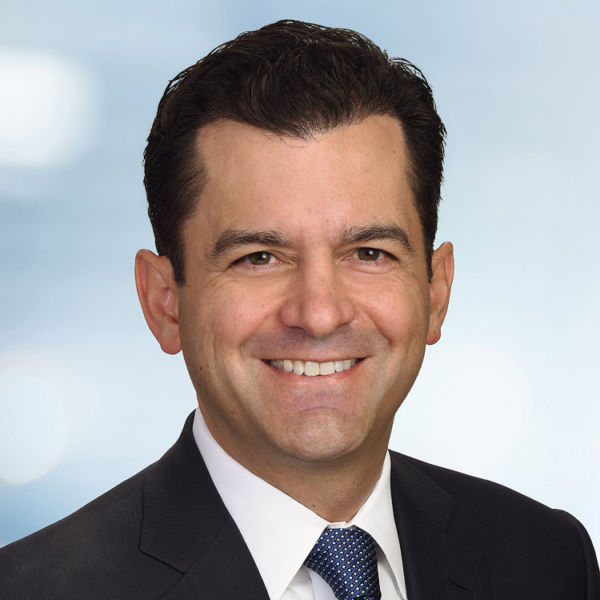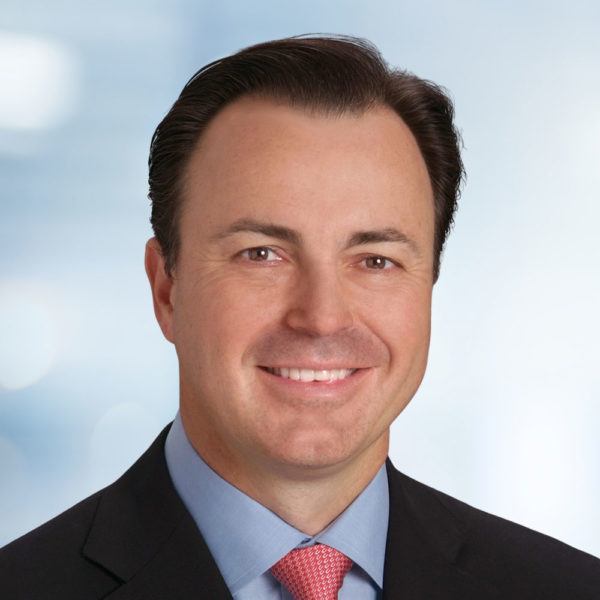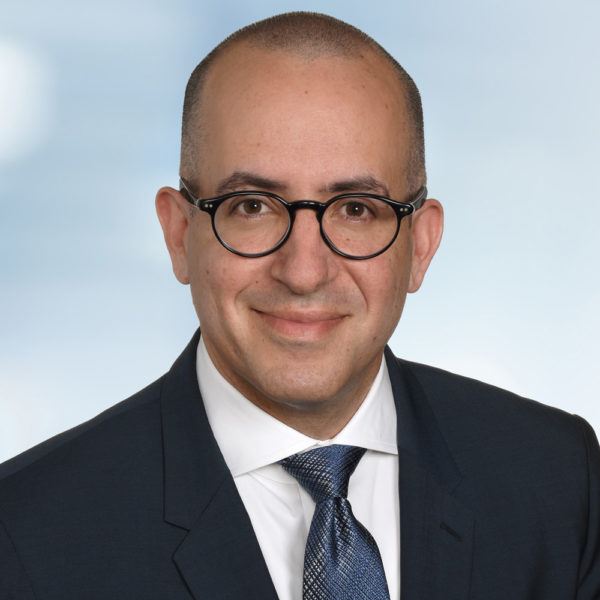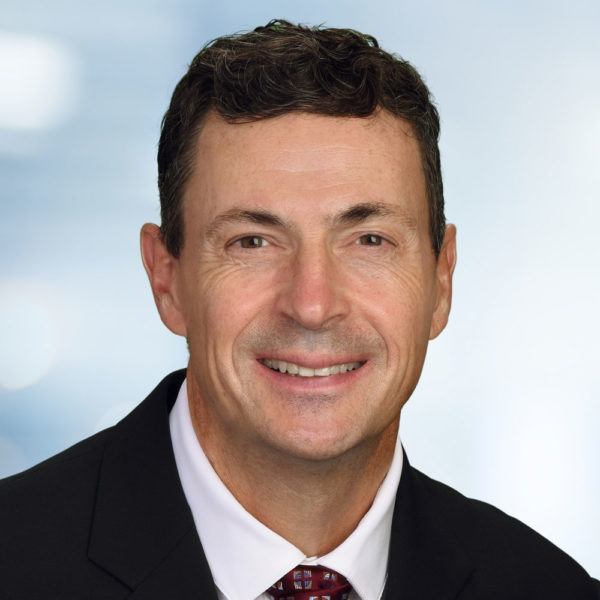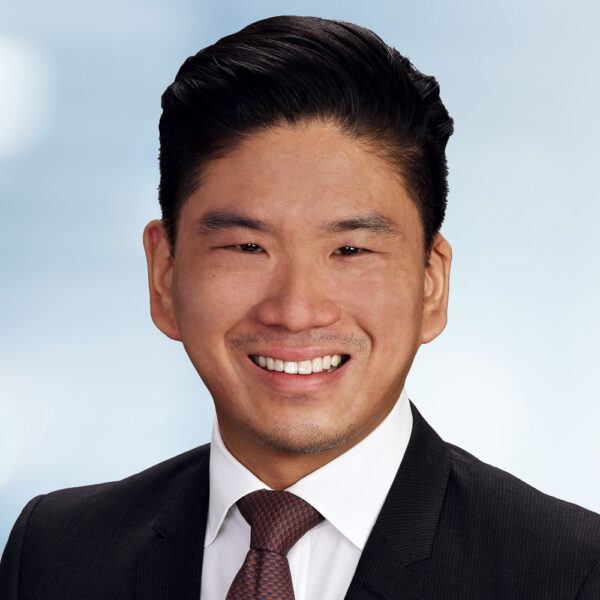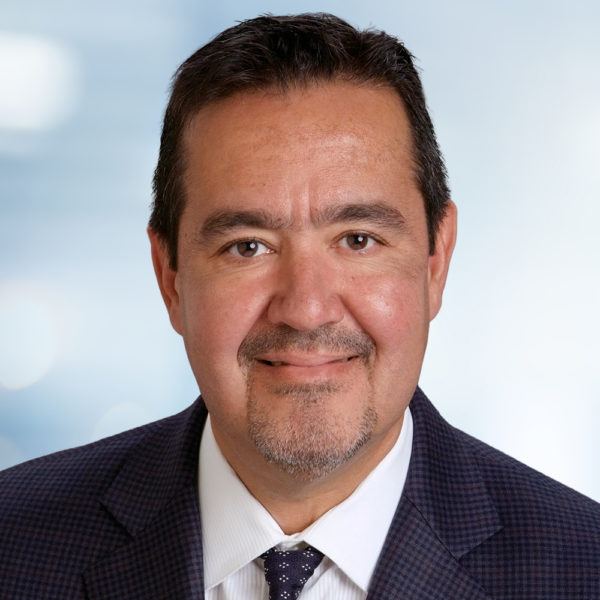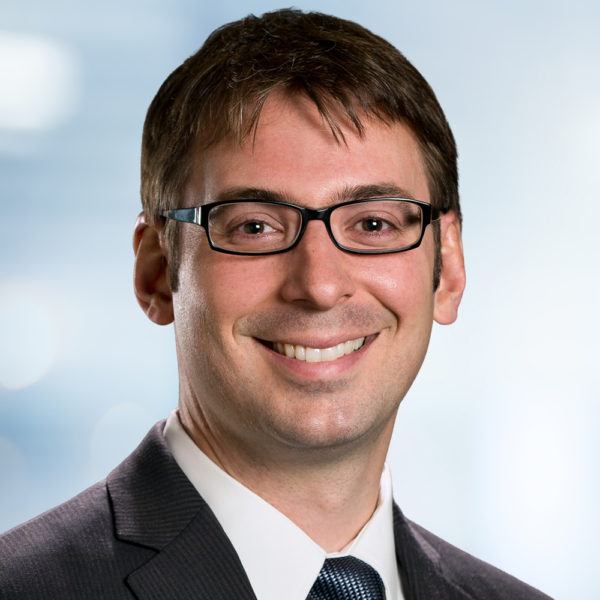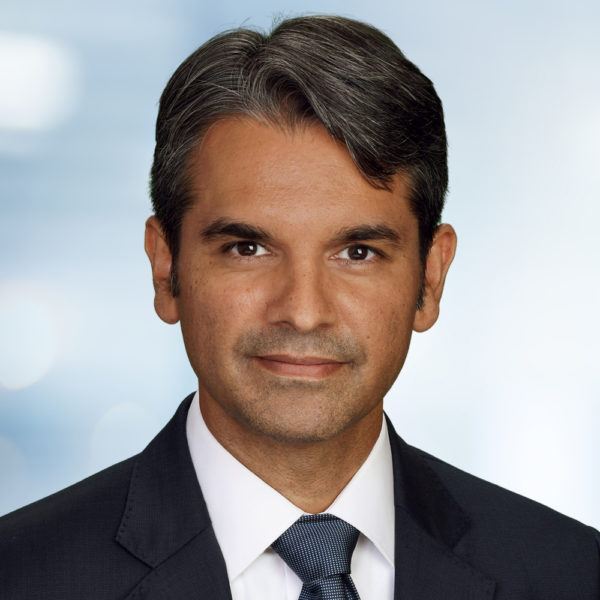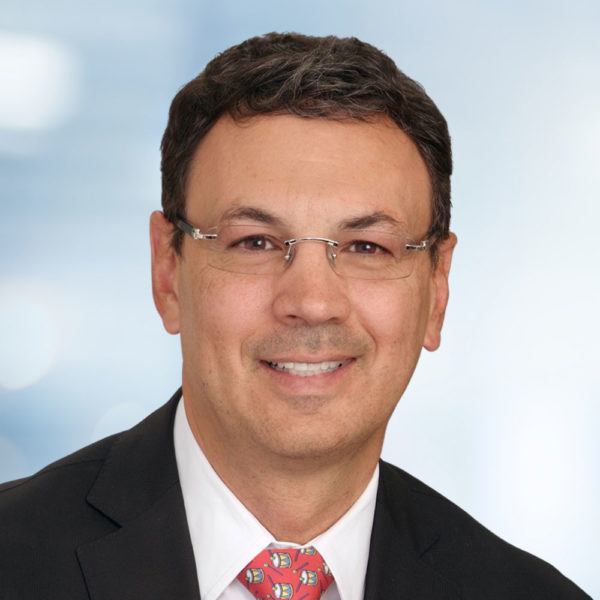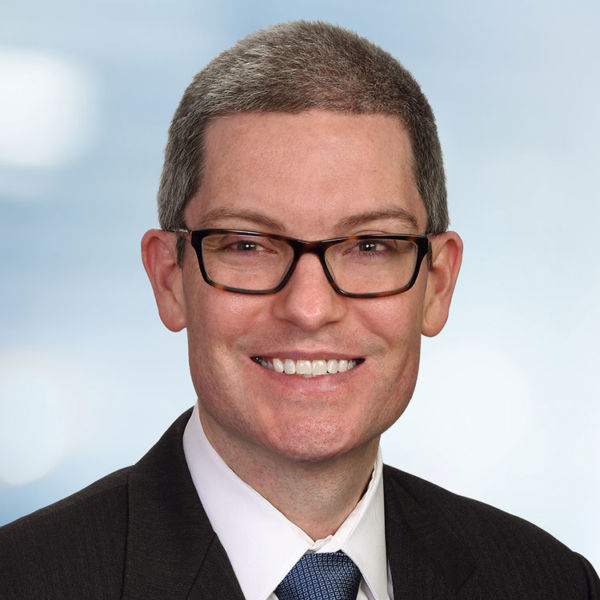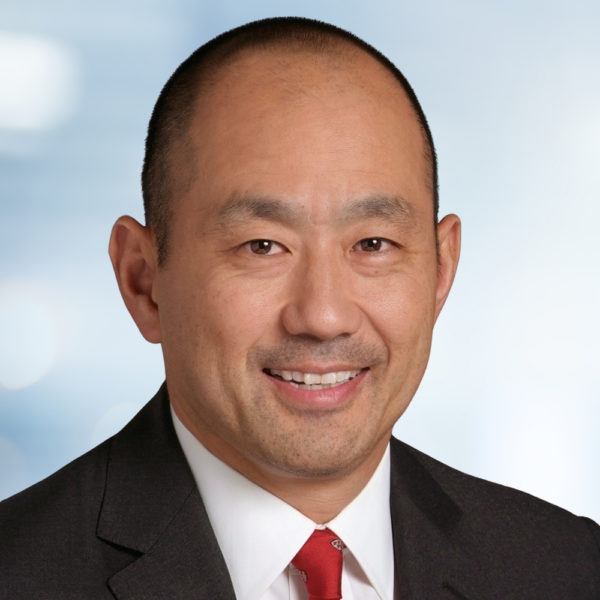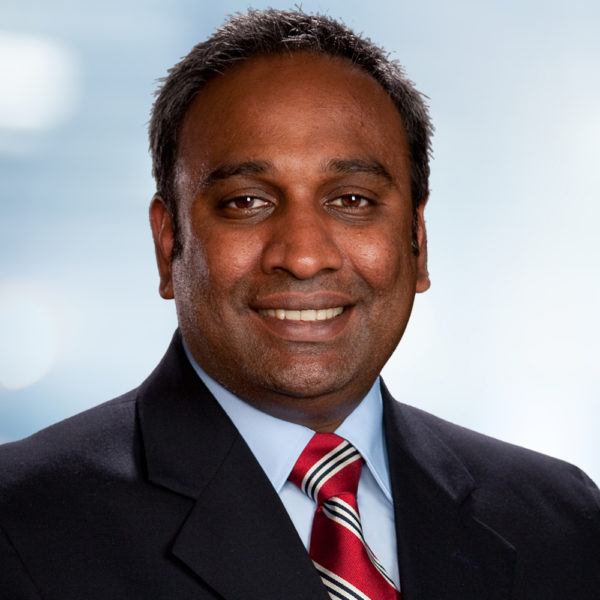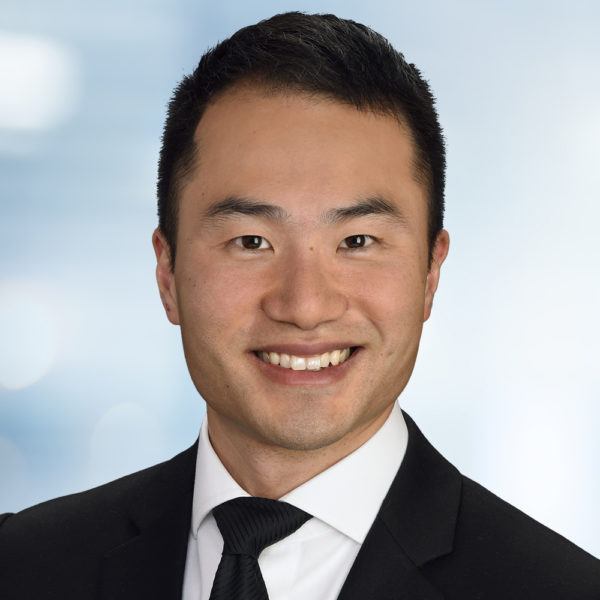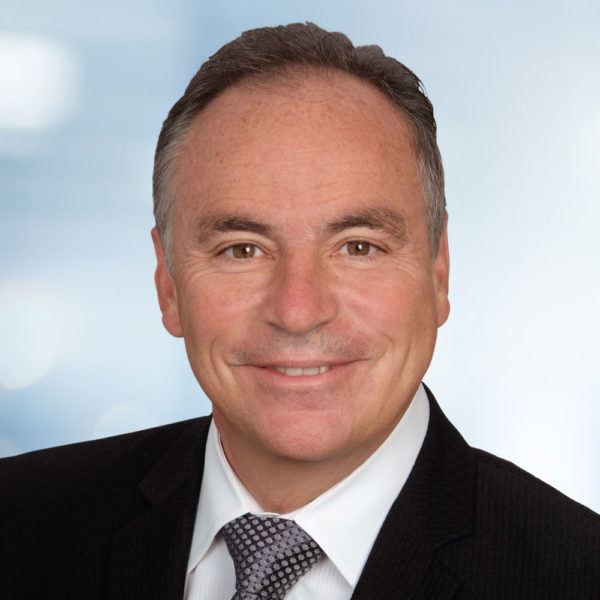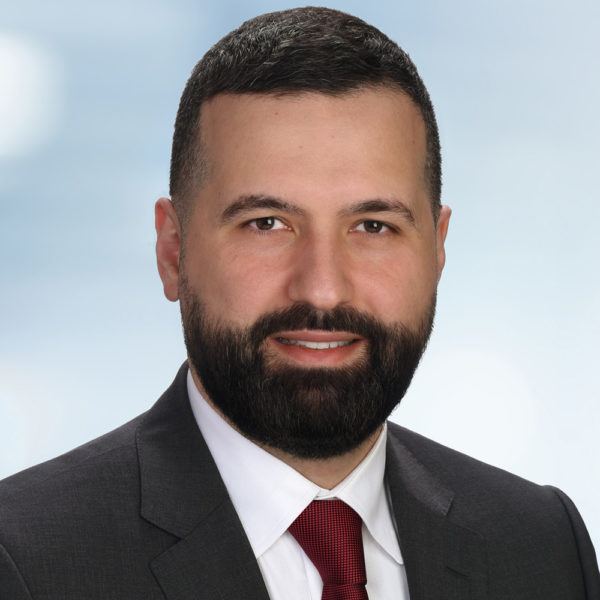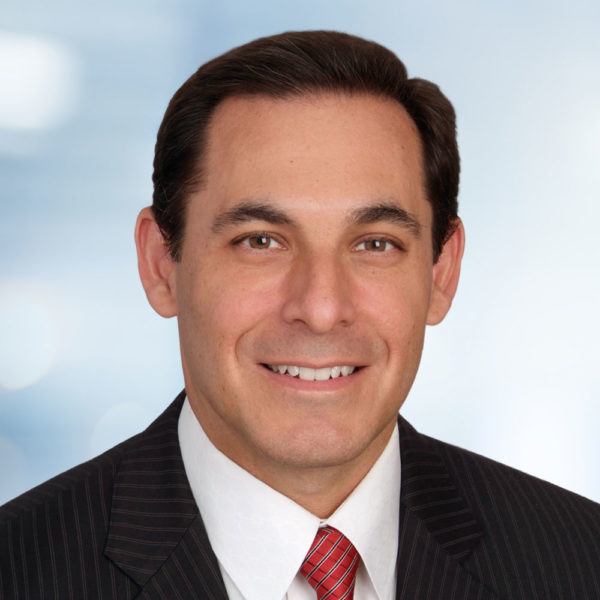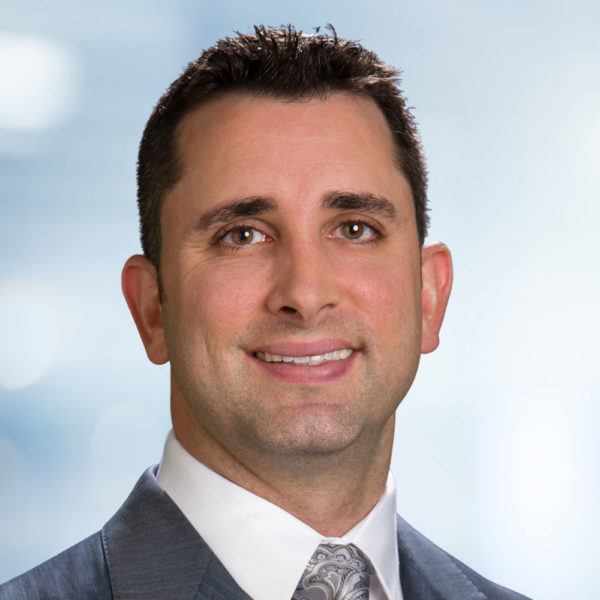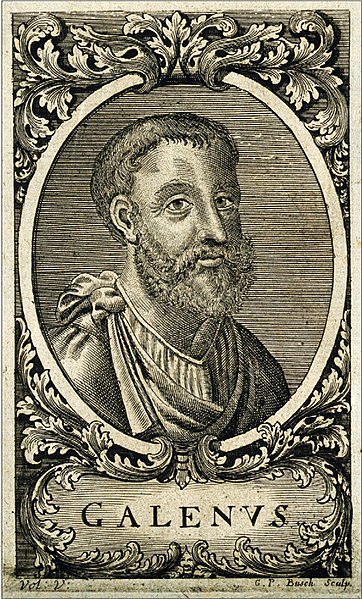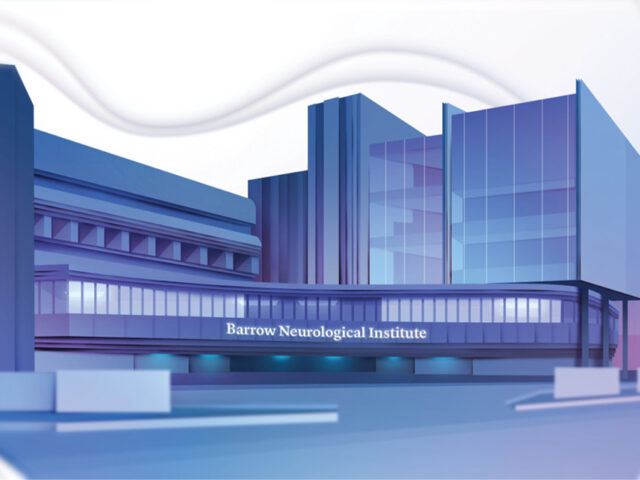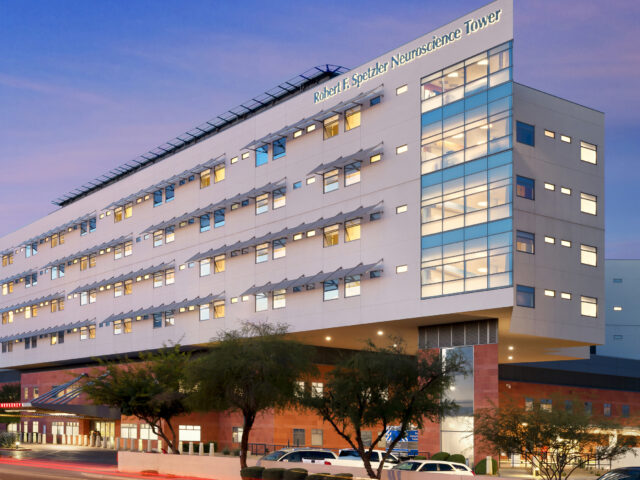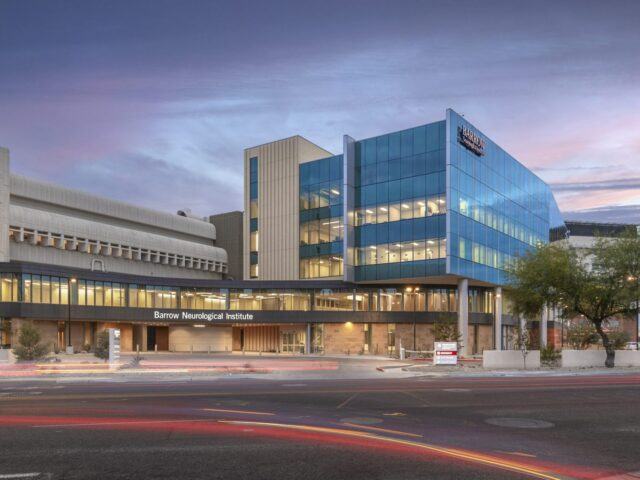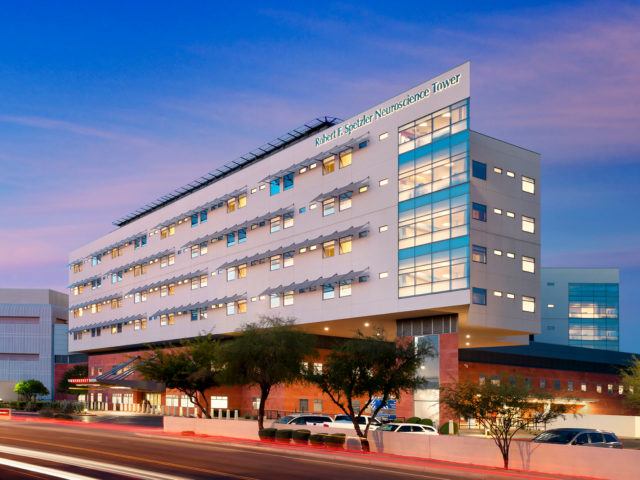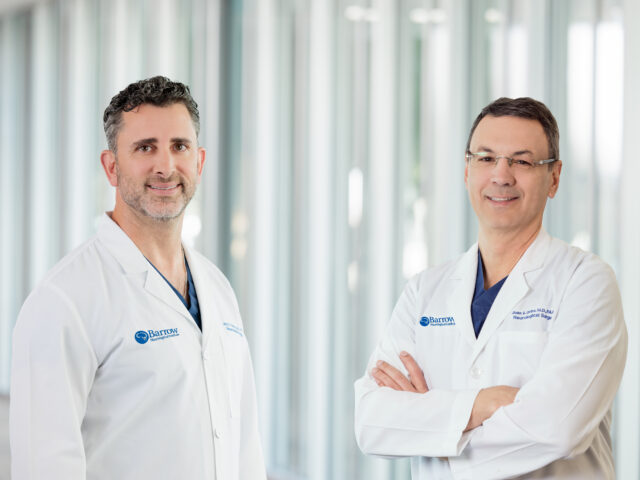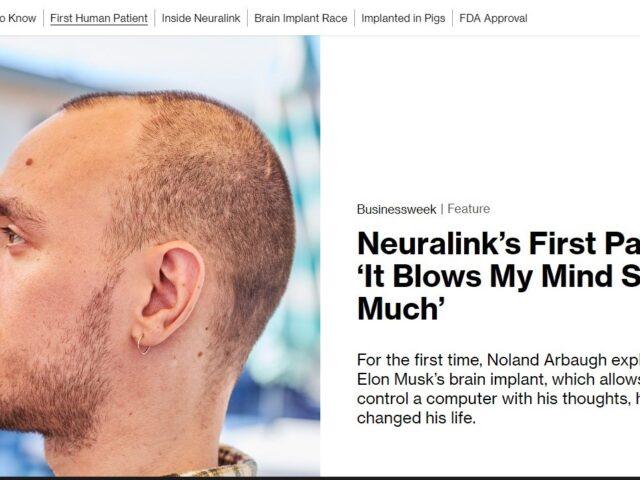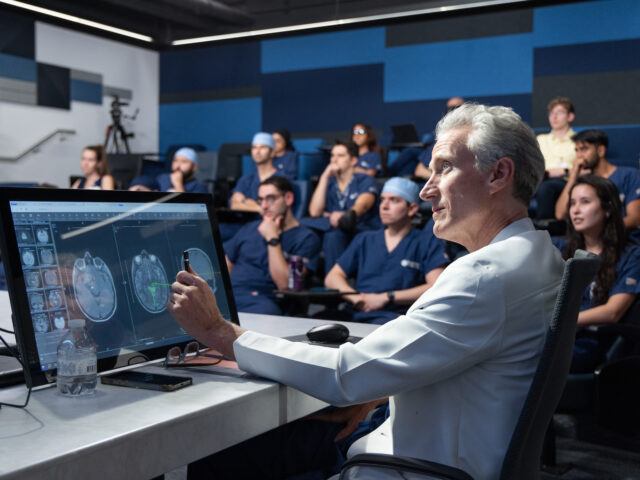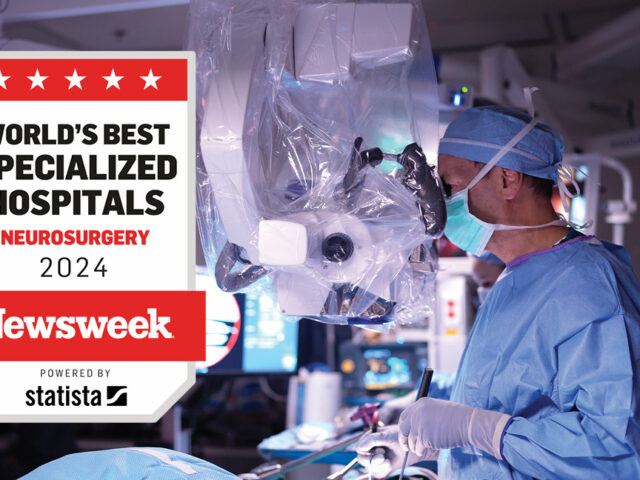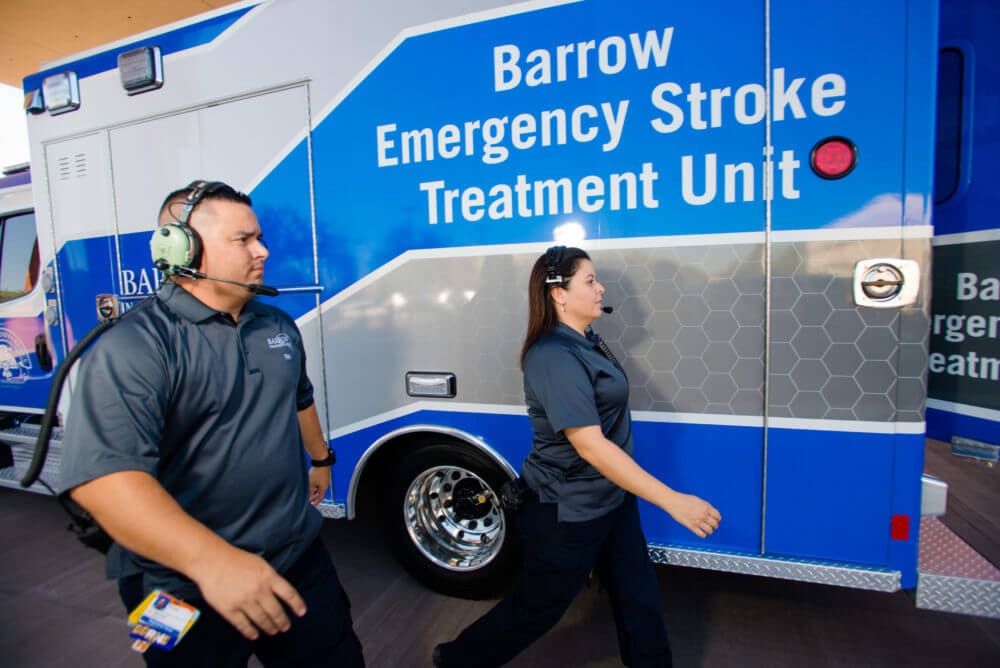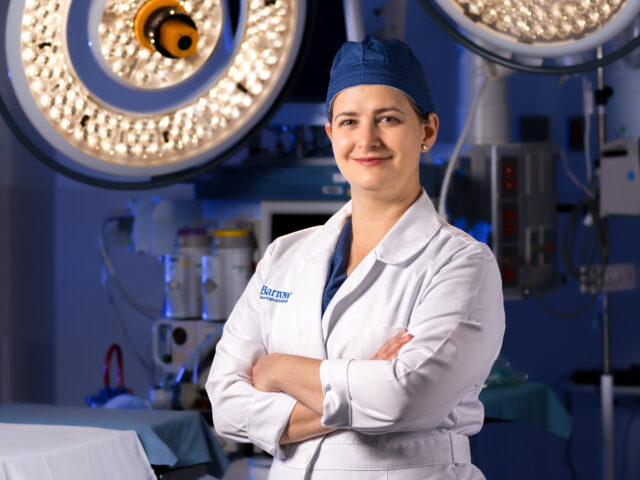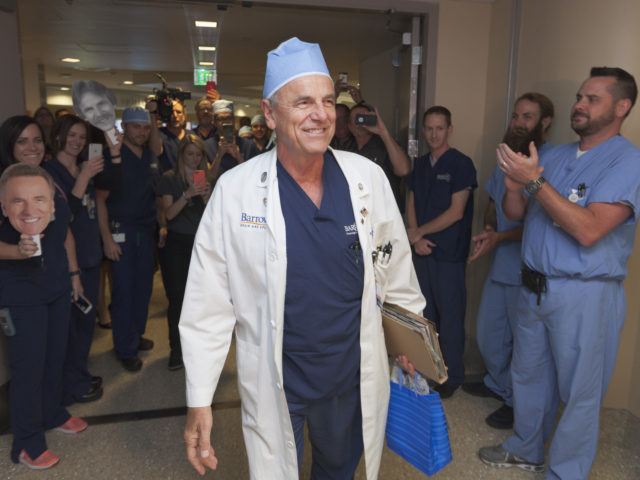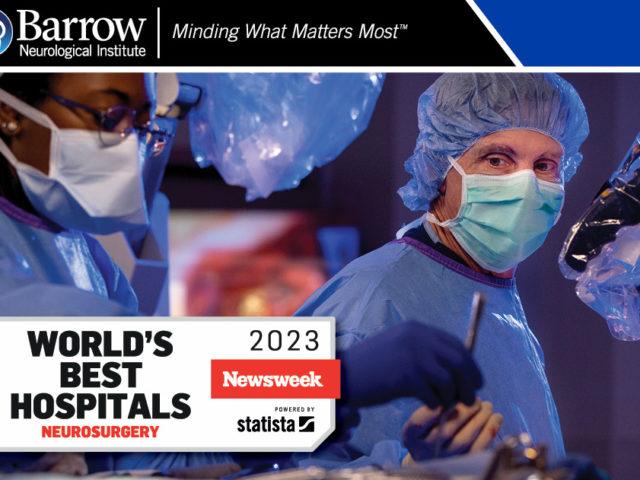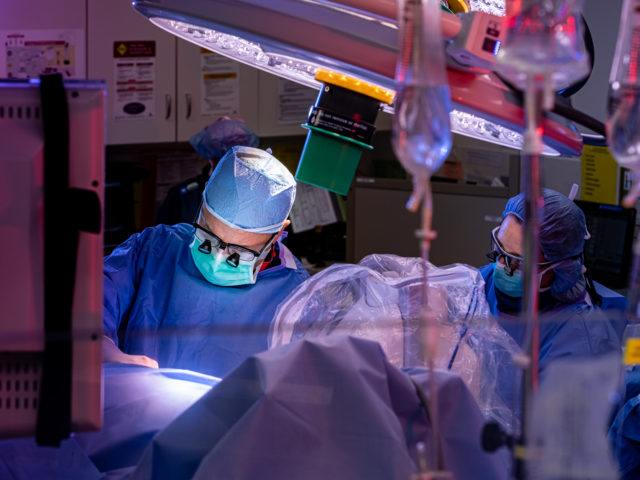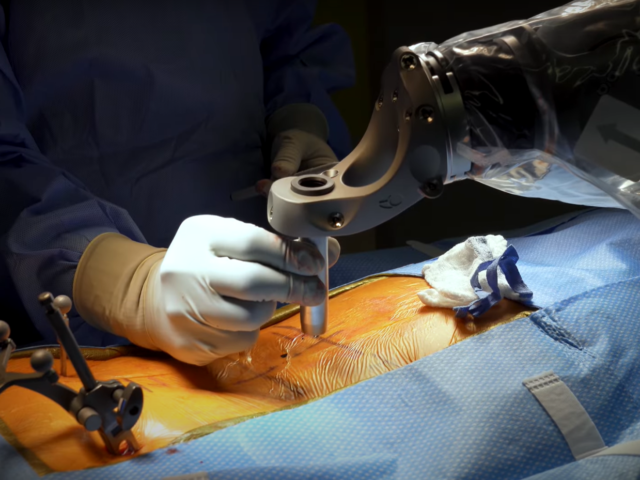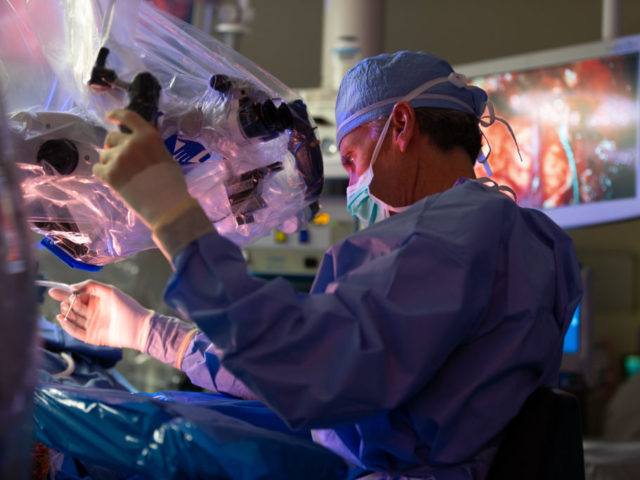
Neurosurgery
Overview of Neurosurgery
Neurosurgery, often referred to as neurological surgery, is a specialized branch of surgery focused on diagnosing, treating, and rehabilitating disorders that affect any portion of the nervous system, including the brain, spinal cord, peripheral nerves, and cerebrovascular system. Neurosurgeons train to perform surgeries on the brain, spine, and nerves throughout the body. Due to the complexity and sensitivity of the nervous system, this field requires extensive training and expertise.
Common Conditions Treated by Neurosurgeons
- Brain Tumors: Abnormal growths of cells within the brain, which can be benign (non-cancerous) or malignant (cancerous). Examples include:
- Spinal Disorders: Conditions such as herniated discs, spinal stenosis, spinal tumors, and spinal deformities that may cause pain and affect mobility. Examples include:
- Aneurysms and Cerebrovascular Lesions: Abnormal bulges in the walls of blood vessels in the brain or spine, or abnormal tangles of or connections between arteries and veins, which can burst and cause hemorrhagic strokes.
- Epilepsy: A neurological disorder marked by unprovoked, recurring seizures. Epilepsy surgery can be an option if medications are not effective.
- Traumatic Brain Injury: Damage to the brain from an external force, such as a fall or car accident.
- Hydrocephalus: The accumulation of cerebrospinal fluid within the brain putting increased pressure on its tissues.
- Peripheral Nerve Disorders: Conditions affecting the nerves outside the brain and spinal cord, like carpal tunnel syndrome or nerve injuries.
Barrow Neurosurgery Clinic
2910 North 3rd Avenue
Suite 200
Phoenix, Arizona 85013

Most Common Procedures in Neurosurgery
Neurosurgery is a highly specialized field encompassing many procedures, tools, and operations. Here are a few of the most common neurosurgical procedures:
- Craniotomy: The surgical removal of part of the skull to access the brain, often done to remove brain tumors or to repair aneurysms.
- Endovascular Neurosurgery: Minimally invasive procedures that involve threading thin tubes through blood vessels to treat problems like aneurysms or strokes.
- Peripheral Nerve Surgery: Procedures to repair or relieve pressure on nerves outside the brain and spinal cord.
- Resective Surgery: Surgeries to remove (resect) pathologies in the brain like vascular malformations (for example, arteriovenous malformations), brain tumors, or even, as in epilepsy surgery, parts of the brain that are malfunctioning.
- Spinal Surgery: Procedures such as laminectomy (removing part of the vertebra) or spinal fusion (joining two or more vertebrae) to treat spinal disorders.
- Stereotactic Surgery: A minimally invasive method that uses 3D imaging to target specific areas of the brain, often used for biopsies or to treat movement disorders like Parkinson’s disease.
Preparing for Neurosurgery
Preparing for neurosurgery involves several steps:
- You’ll meet with your neurosurgeon in their clinic to discuss your condition and determine if you are a candidate for a neurosurgical procedure. They will explain what to expect and answer any questions you have.
- You’ll also be asked to undergo some tests, like MRI or CT scans, to help your neurosurgeon plan your operation. You may also undergo other tests to ensure that you are healthy enough for surgery.
- One the day of your neurosurgical procedure, you’ll meet with the neuroanesthesiologist, who will discuss how you’ll be put to sleep during the operation. They will review your medical history and any medications you take to ensure everything goes smoothly.
- Follow specific instructions from your healthcare team, such as fasting for a certain period before the surgery. You might also need to stop taking certain medications. On the day of the surgery, arrive at the hospital on time and bring any necessary paperwork.
- Once you’re at the hospital, preoperative medical staff will prepare you for the operation, which includes changing into a hospital gown and possibly receiving an IV for fluids and medications. Your surgical team will ensure you’re comfortable and ready before the procedure begins.
- After the surgery, you’ll spend time in a recovery area where the medical team will monitor you closely. They will provide instructions for your recovery at home, including how to care for the surgical site and what activities to avoid while you heal. Following these instructions will help ensure the best possible outcome from your neurosurgery.
The length of hospital stay after a neurosurgical procedure is variable. Some operations are outpatient procedures, meaning you can return home on the same day. Others require a short hospital stay, while some can require a more extended period of hospitalization or admission to inpatient neuro-rehabilitation before you go home.
Neurosurgery is a highly specialized, complex field offering solutions for many serious nervous system disorders. Patients considering neurosurgery should ensure they clearly understand the procedure, the associated risks, and the recovery process. Open communication with your neurosurgical team and a thorough evaluation of the treatment options are essential for achieving the best possible outcomes.

About Your Neurosurgeon
Becoming a neurosurgeon begins with undergraduate education, where aspiring neurosurgeons typically major in a science-related field such as biology or chemistry. During these four years, they complete prerequisite courses for medical school, such as biology, chemistry, physics, and mathematics.
After earning their bachelor’s degree, they apply to medical school, which lasts another four years. The first two years of medical school are primarily classroom-based, covering anatomy, biochemistry, pharmacology, physiology, ethics, and pathology. Medical students spend their final two years in clinical rotations, gaining hands-on experience in various medical and surgical specialties under the supervision of experienced doctors.
During their last year of medical school, students apply for a spot in one of the 117 neurosurgery residency programs, which last seven years in the United States. Upon graduating from medical school, students must pass the United States Medical Licensing Examination (USMLE) to become licensed to practice medicine. The neurosurgery residency application process is highly competitive, with just under 400 medical school graduates vying for slightly less than 250 resident positions in an average year. Residents assume more responsibility as their training progresses, learning to perform surgeries under supervision and gaining experience in various procedures involving the brain, spine, and nerves.
Once they complete their residency, neurosurgeons must pass a rigorous board certification process comprising a written exam followed by an oral exam assessing their decision-making and neurosurgery knowledge. Some neurosurgeons pursue additional neurosurgical fellowship training in subspecialties such as pediatric neurosurgery, neuro-oncology, spine, functional, or cerebrovascular surgery. These fellowships, which can last one to two years, provide advanced training and expertise in a specific area.
To keep abreast of advances in the field, neurosurgeons must continue their education throughout their careers. This involves participating in continuing medical education (CME) programs and periodic recertification to maintain their board certification and licensure.
Successful neurosurgeons possess a combination of technical skills, analytical abilities, strong communication skills, physical and mental stamina, and compassion. Neurosurgeons work in various settings, including hospitals and private practices, performing surgeries and providing patient care. Some also work in academic medicine, teaching and conducting research, while others take on leadership roles within medical organizations.
Becoming a neurosurgeon requires at least 15 years of education and training after high school. It’s a demanding and rewarding career that significantly impacts patients’ lives by diagnosing and treating complex neurological conditions.
Neurosurgical Subspecialties
Neurosurgery is a highly specialized field with several subspecialties. Each subspecialty focuses on specific conditions or areas of the nervous system.
Pediatric Neurosurgery
This subspecialty focuses on the surgical treatment of neurological conditions in children, from newborns to teenagers. Pediatric neurosurgeons handle congenital disorders like spina bifida, brain and spinal tumors, epilepsy, and hydrocephalus. They are trained to address the unique needs of children, whose nervous systems are still developing.
Spinal Neurosurgery
Spinal neurosurgeons treat conditions affecting the spine and spinal cord. This includes herniated discs, spinal stenosis, spinal deformities like scoliosis, and spinal tumors. They perform surgeries to relieve pain, restore function, and correct structural problems in the spine. Some neurosurgeons choose to subspecialize within the field of spinal neurosurgery, for example, by focusing on complex or minimally invasive spine surgery.
Neurosurgical Oncology
Neurosurgical oncologists specialize in the surgical treatment of brain and spinal tumors. This can include both primary tumors that originate in the brain or spine and metastatic tumors that spread from other parts of the body. They work closely with other specialists, such as neuro-oncologists, medical oncologists, and radiation oncologists, to provide comprehensive care for cancer patients.
Vascular Neurosurgery
Vascular neurosurgeons treat conditions involving the blood vessels of the brain and spinal cord, including aneurysms (abnormal bulges in blood vessels), arteriovenous malformations (abnormal tangles of blood vessels), and stroke. They perform procedures to repair or remove these abnormalities and restore blood flow.
Functional Neurosurgery
This subspecialty focuses on treating disorders that affect the function of the nervous system. It includes procedures for epilepsy, movement disorders like Parkinson’s disease, and chronic pain. Techniques such as deep brain stimulation (DBS), where electrodes are implanted in the brain to regulate abnormal activity, are commonly used.
Trauma Neurosurgery
Trauma neurosurgeons deal with emergency cases involving head and spinal injuries. They provide immediate surgical intervention to treat traumatic brain injuries, spinal fractures, and other acute conditions resulting from accidents, falls, or violence. Their goal is to stabilize the patient and prevent further damage.
Peripheral Nerve Surgery
Peripheral nerve surgeons treat conditions affecting the nerves outside the brain and spinal cord, including carpal tunnel syndrome, nerve injuries, and nerve tumors. They perform surgeries to relieve pain, restore function, and repair damaged nerves.
Pituitary and Neuroendocrine Surgery
Pituitary neurosurgeons remove or treat tumors or other abnormalities in the pituitary gland, a small gland located at the base of the brain that regulates hormones. Pituitary tumors often release hormones in excess, which can add additional layers of complexity to the treatment of these lesions.
Skull Base Surgery
Skull base surgeons specialize in treating tumors and other conditions at the base of the skull. Because these areas are often difficult to access, surgeons use advanced techniques and minimally invasive approaches to remove tumors and address abnormalities without causing significant damage to surrounding structures.
Stereotactic and Radiosurgery
This subspecialty uses advanced imaging techniques to target areas of the brain and spine for treatment precisely. Stereotactic surgery is used for biopsies, removing small tumors, and treating conditions like Parkinson’s disease. Radiosurgery uses focused radiation beams to treat tumors and other abnormalities without traditional surgery. Each subspecialty within neurosurgery addresses specific conditions and may require additional training and expertise. Neurosurgeons may focus on one or more of these areas to provide the best possible care for their patients. Understanding these subspecialties can help you better grasp the scope of neurosurgical care and the specialized treatments available for various neurological conditions.
Cranial Neurosurgeons at Barrow Neurological Institute
Spinal Neurosurgeons
History of Neurosurgery
Neurosurgery has a fascinating history marked by extraordinary advancements in understanding the human brain and nervous system. Neurosurgery is a relatively recent specialty. There were no neurosurgeons in the sense we know today until surgeons in the late 1800s devoted themselves only to surgery of the brain.
Prehistory through the Renaissance
The roots of neurosurgery can be traced back to ancient civilizations, where rudimentary forms of head surgery were practiced. Trephination, the act of drilling or scraping a hole into the skull, is a very old surgical procedure, with evidence dating back to the Neolithic period. This practice was believed to treat various ailments, such as headaches, seizures, or injuries, by perhaps releasing evil spirits trapped inside the skull.
In the ancient world, the Greeks and Romans made significant contributions to early surgical techniques and knowledge of the brain and spine. Hippocrates, often referred to as the father of medicine, described head injuries and their treatments, emphasizing the importance of observing the symptoms that resulted from brain trauma. The Roman physician Galen, who treated injured gladiators, advanced the understanding of the nervous system, describing the anatomy of the brain and spinal cord of animals that he attempted to relate to humans. His theories on brain function and nerves dominated medical thought for over a millennium.
Medical science progressed slowly during the Middle Ages in Europe, where anatomical knowledge was limited. However, the Islamic Golden Age saw significant advancements in medical science, although there was no experimentation. Notable figures such as Al-Zahrawi made detailed observations while treating people. They produced illustrations of surgical instruments and procedures, including some that dealt with the skull and brain.
The Renaissance brought renewed interest in the study of human anatomy and advances in surgery, fueled by the work of artists like Leonardo da Vinci and anatomists like Andreas Vesalius. Vesalius’s detailed studies of the human body, notably his work De Humani Corporis Fabrica, corrected many of Galen’s errors and laid the groundwork for modern anatomy.
The French surgeon Ambroise Paré, at the same time as Vesalius, described many surgical procedures on the head and spine and wrote the first clear descriptions of concussion and injuries that cannot be outwardly detected. He is considered the father of modern surgery. Paré refined tools like the trephine, which allowed for more precise operations on the skull, especially for injuries. This period set the stage for more systematic approaches to surgery and a better understanding of the human body and disease, including the brain.
Modern History
The late 19th century marked the beginning of neurosurgery as a distinct medical specialty. Advances in anesthesia and antiseptic techniques made surgery safer and more effective, allowing surgeons to attempt more complex procedures. In 1884, William Macewen in Scotland successfully removed a brain tumor with the first documented use of anesthesia in a brain surgery.
The 20th century saw explosive growth in neurosurgery, driven by technological advancements and a deeper understanding of neuroanatomy and neurophysiology. Victor Horsley in England and Harvey Cushing, an American, are credited as the fathers of modern neurosurgery. Their pioneering work in brain tumor surgery, the development of new surgical techniques, and the introduction of the Cushing reflex significantly advanced the field. Cushing’s meticulous documentation and innovative approaches set new surgical practice and education standards. Wilder Penfield in Montreal advanced the scientific basis of neurosurgery with his brain mapping and correlation of neurological functions to exact localization in the brain.
The advent of imaging technologies like X-rays, CT scans, and MRI in the mid to late 20th century revolutionized neurosurgery, allowing surgeons to visualize the brain and spinal cord with unprecedented detail. These advancements, coupled with the development of microsurgical techniques and tools, enabled surgeons to perform highly complex and delicate procedures with greater precision and safety.
Neurosurgery continues to evolve rapidly, with innovations in minimally invasive surgery, robotics, and neuro-navigation systems. Integrating computer technology, artificial intelligence, and advanced imaging has opened new frontiers in treating neurological disorders. Despite these advancements, the core principles of neurosurgery remain rooted in the rich history of discovery and innovation that spans thousands of years, reflecting humanity’s enduring quest to understand and heal the most complex organ in the body.
Historical Contributions of Barrow Faculty
Barrow Neurological Institute, located in Phoenix, Arizona, has made significant contributions to the field of neurosurgery, earning a reputation as one of the leading centers for neurological and neurosurgical research, education, and patient care. Founded in 1962, the institute quickly became known for its pioneering work in various aspects of neurosurgery, particularly in treating complex brain and spinal conditions.
Cerebrovascular Neurosurgery
Barrow has established itself as a world leader in the treatment of complex vascular disorders of the brain. Pioneering neurosurgical faculty have driven these contributions, advanced surgical techniques, and cutting-edge research that have collectively transformed patient outcomes.
One of the most influential figures in cerebrovascular surgery at Barrow is Robert F. Spetzler, MD, who served as the institute’s director for many years. Dr. Spetzler is renowned for treating brain aneurysms and arteriovenous malformations (AVMs). He developed the Spetzler-Martin Grading System for AVMs, which is widely used to assess the risk associated with surgical treatment of these malformations. This system has become a standard tool in neurosurgery, helping surgeons worldwide evaluate and manage these complex cases.
Dr. Spetzler also advanced the technique of deep hypothermic circulatory arrest (DHCA) to treat giant aneurysms located at the base of the brain. This method involves cooling the body and temporarily stopping the circulation, allowing surgeons to operate in a bloodless and motionless field. The use of DHCA has been critical in the successful treatment of aneurysms that were previously considered inoperable.

Following Dr. Spetzler, Michael T. Lawton, MD, has continued to build on this legacy at Barrow. Dr. Lawton is recognized for his expertise in microsurgical techniques for treating AVMs and aneurysms. He developed the Lawton-Young AVM Grading System, which provides a more detailed assessment of AVM surgical risks, refining the Spetzler-Martin system. Dr. Lawton has also authored key textbooks and numerous research papers that are considered essential reading in cerebrovascular neurosurgery.
Under the leadership of these and other experts, Barrow has been at the forefront of integrating advanced technologies into cerebrovascular surgery. The institute has been an early adopter of techniques such as intraoperative imaging, neuro-navigation systems, and endovascular surgery, which have all contributed to safer and more effective treatment options for patients.
Overall, the contributions of the Barrow Neurological Institute to cerebrovascular surgery are profound, with a global impact on how complex brain vascular disorders are treated. The institute’s commitment to excellence in surgery, education, and research continues to drive the neurosurgery field forward.
Spinal Neurosurgery
Barrow has also made substantial contributions to the field of spinal neurosurgery, establishing itself as a leader in the treatment and research of spinal disorders. These contributions span various aspects of spinal surgery, from pioneering surgical techniques to advancing the understanding of complex spinal pathologies.
One of the most significant contributions is the work of Volker K. H. Sonntag, MD, a distinguished neurosurgeon who was instrumental in developing and refining surgical techniques for spinal injuries, particularly those involving the cervical spine. Dr. Sonntag’s work in cervical spine surgery, including his approaches to treating spinal instability and trauma, has had a lasting impact on the field. His research and clinical innovations have improved outcomes for patients with severe spinal injuries, including those with atlanto-occipital dislocation (internal decapitation).
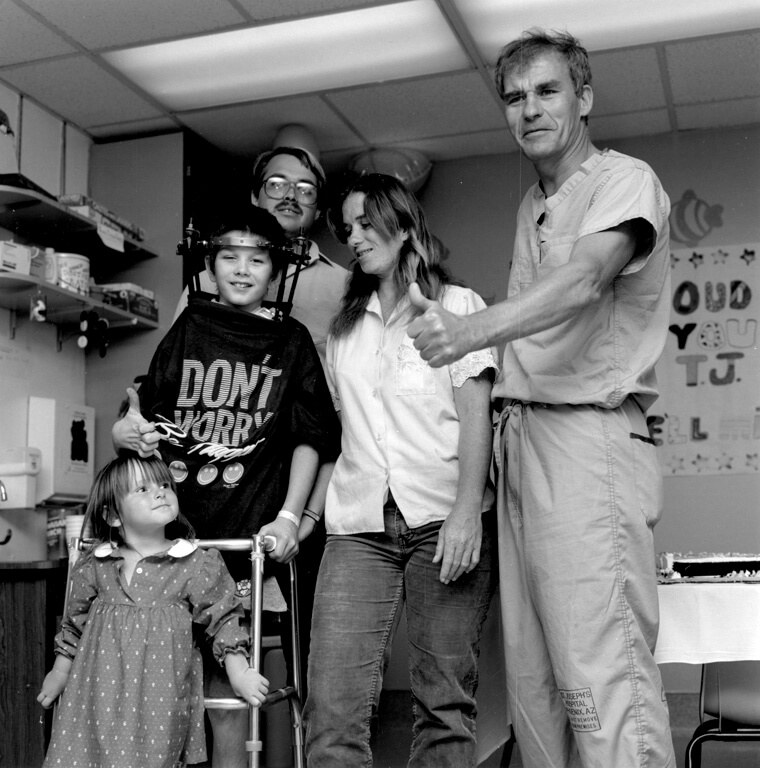
Barrow has also been a leader in minimally invasive spinal surgery, with Curtis Dickman, MD, pioneering thoracoscopic spinal surgery in the early 1990s. The institute has been at the forefront of developing techniques that reduce surgical trauma, decrease recovery time, and improve patient outcomes. These advancements have made treating various spinal conditions more effective and with fewer complications possible.
More recently, Juan S. Uribe, MD, has been vital in advancing techniques that reduce patient trauma during spinal procedures. His innovations include developing and refining lateral lumbar techniques, particularly extreme lateral interbody fusion (XLIF), which allows for access to the spine with less tissue disruption compared to other lumbar approaches.

Dr. Uribe has made significant strides in enhancing surgical outcomes through neuromonitoring and the application of cutting-edge technology, such as robotic-assisted spinal surgery.
Neurosurgical Research at Barrow
In addition to clinical advancements, Barrow has a strong research focus, headlined by The Loyal & Edith Davis Neurosurgical Research Laboratory, with numerous studies and clinical trials that have contributed to a deeper understanding of neurological diseases and their treatment along with the development of new means and avenues of brain surgery and neurosurgical technology.
Some of the neurosurgical technologies developed at Barrow include:
- Development of the first biocompatible embolic hydrogel
- Introduction of the controlled use of CO2 laser in neurosurgery
- Pioneering introduction of fluorescence confocal laser endomicroscopy into neurosurgery 4) pioneering portable focused brain sonification technology
- Initial testing of the first conformable aortic valve
- Pioneering the first biocompatible hydrogel for sealing CSF leaks and decreasing surgical adhesions
- Development of the first navigable neurosurgical 3D environment based on cadaveric anatomic dissection
The institute’s research efforts have led to innovations in surgical techniques, better diagnostic tools, and improved patient care protocols. Additionally, more than 140 research fellows from all over the world have trained in the laboratory and become leading neurosurgeons domestically and abroad.

In addition to surgical innovations, Barrow has contributed to the understanding of spinal tumors, degenerative spinal conditions, and spinal cord injuries. The institute’s research has led to better diagnostic tools and treatment protocols, helping to improve the quality of life for patients with these conditions.
Additional Resources
Definition of Neurological Surgery – ABNS
American Association of Neurological Surgeons
References
- Farhadi DS, Jubran JH, Zhao X, Houlihan LM, Belykh E, Tayebi Meybodi A, Smith RL, Lawton MT, Preul MC. The Neuroanatomic Studies of Albert L. Rhoton Jr. in Historical Context: An Analysis of Origin, Evolution, and Application. World Neurosurg. 2021 Jul;151:258-276. doi: 10.1016/j.wneu.2020.12.101. Epub 2020 Dec 30. PMID: 33385605.
- Bohl MA, Martirosyan NL, Killeen ZW, Belykh E, Zabramski JM, Spetzler RF, Preul MC. The history of therapeutic hypothermia and its use in neurosurgery. J Neurosurg. 2018 May 25;130(3):1006-1020. doi: 10.3171/2017.10.JNS171282. PMID: 29799343.
- Elhadi AM, Kalb S, Perez-Orribo L, Little AS, Spetzler RF, Preul MC. The journey of discovering skull base anatomy in ancient Egypt and the special influence of Alexandria. Neurosurg Focus. 2012 Aug;33(2):E2. doi: 10.3171/2012.6.FOCUS12128. PMID: 22853833.
- Ryan RW, Spetzler RF, Preul MC. Aura of technology and the cutting edge: a history of lasers in neurosurgery. Neurosurg Focus. 2009 Sep;27(3):E6. doi: 10.3171/2009.6.FOCUS09125. PMID: 19722821.

